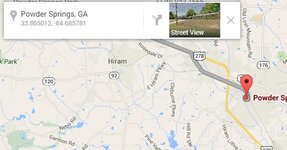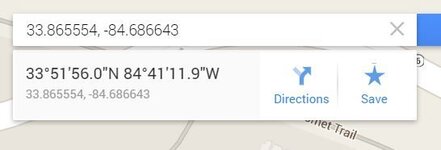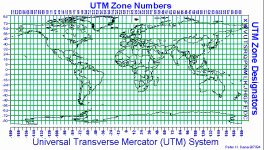TSCOM
Jr. Member
- Oct 13, 2014
- 62
- 27
- Detector(s) used
- Fisher F5, Tesoro Compadre
- Primary Interest:
- Metal Detecting
I'm confused on how map coordinates work, especially on Google Maps. I tried reading on it and it's confusing me even more so I need a laymen's explanation.
When I get the coordinates on Google Maps it says: 33.865554, -84.686643

When I try to search for 33.865554, -84.68664, I get this:

They appear to be in two different formats. The later being in degree, mins, seconds. What's this format 33.865554, -84.686643?
When I get the coordinates on Google Maps it says: 33.865554, -84.686643

When I try to search for 33.865554, -84.68664, I get this:

They appear to be in two different formats. The later being in degree, mins, seconds. What's this format 33.865554, -84.686643?





